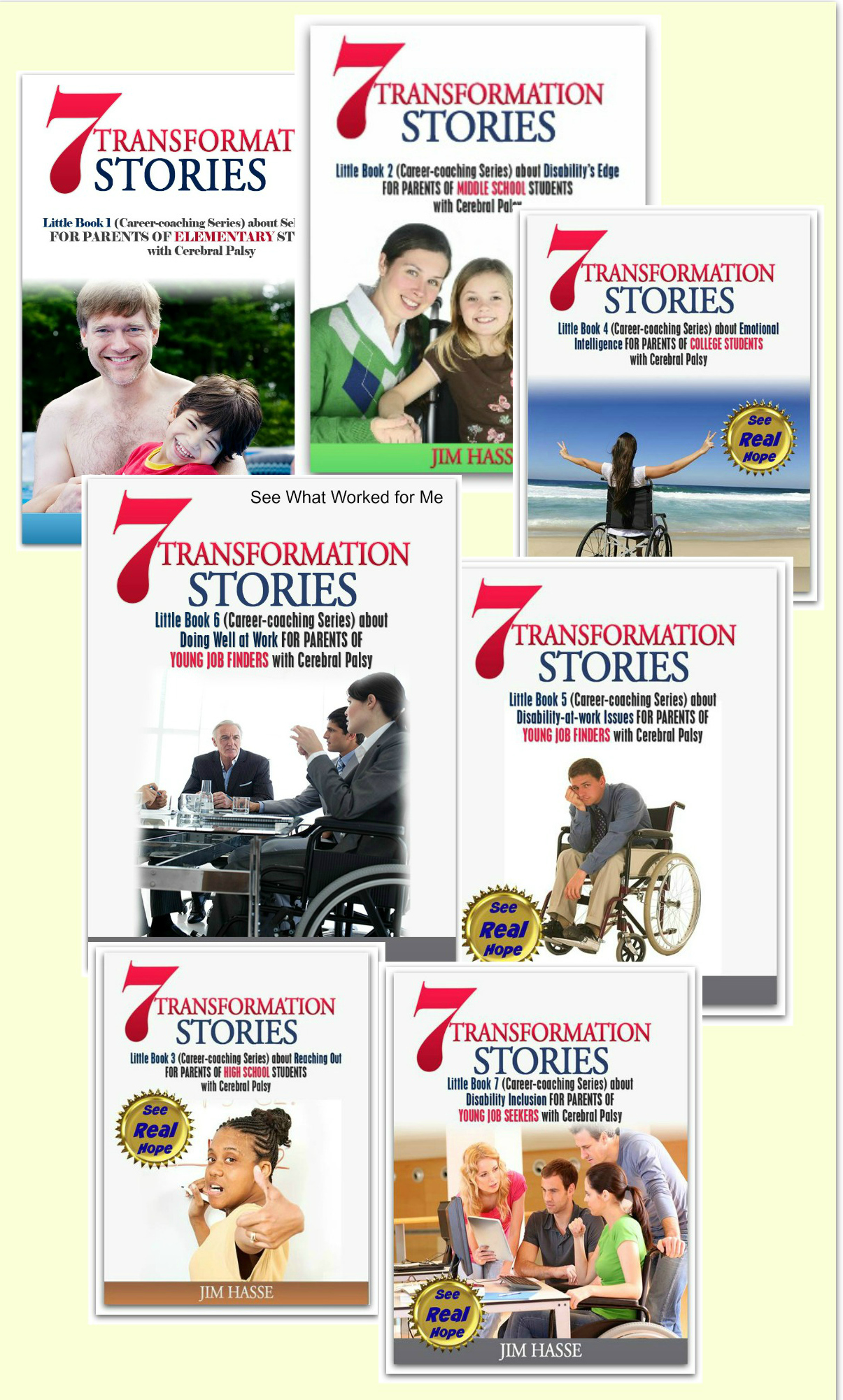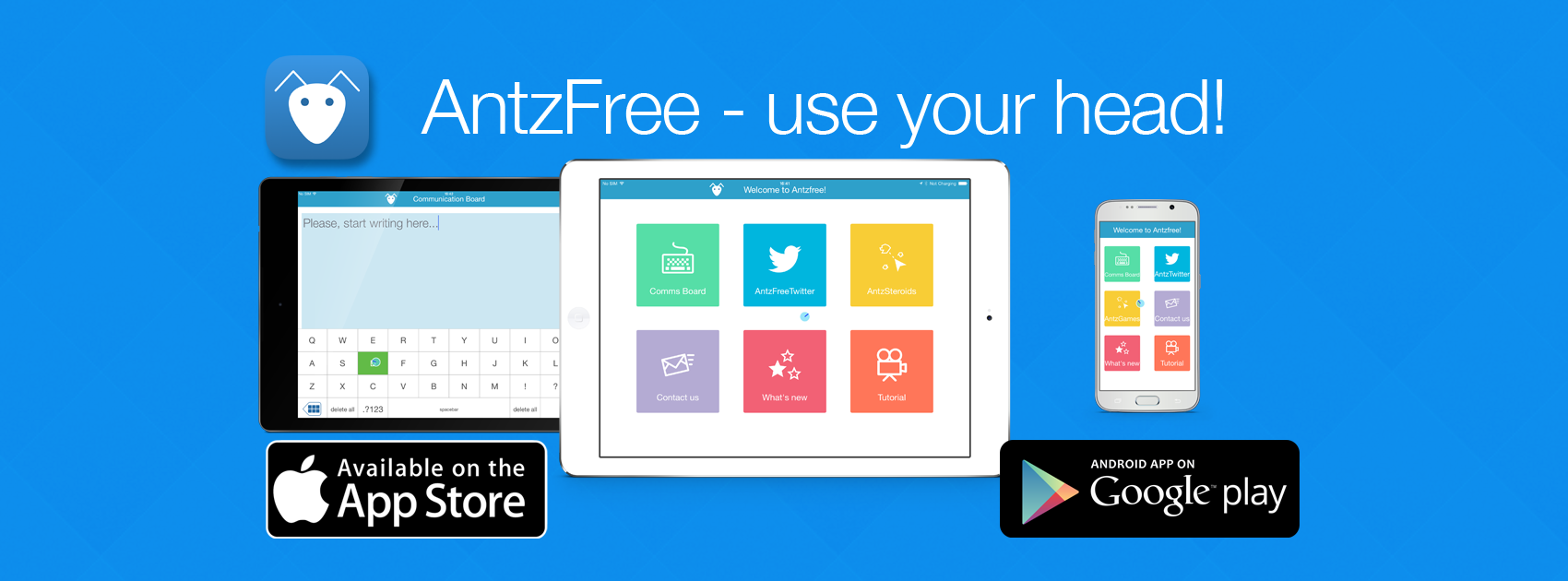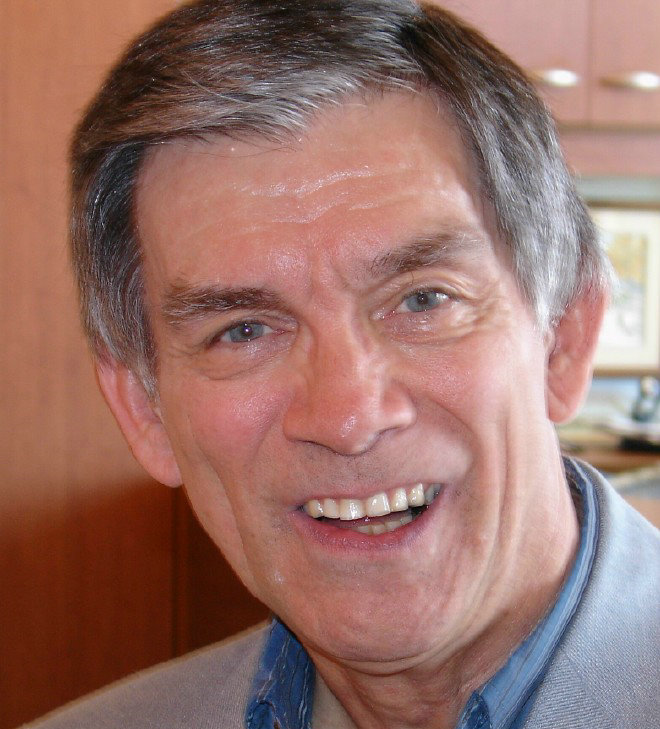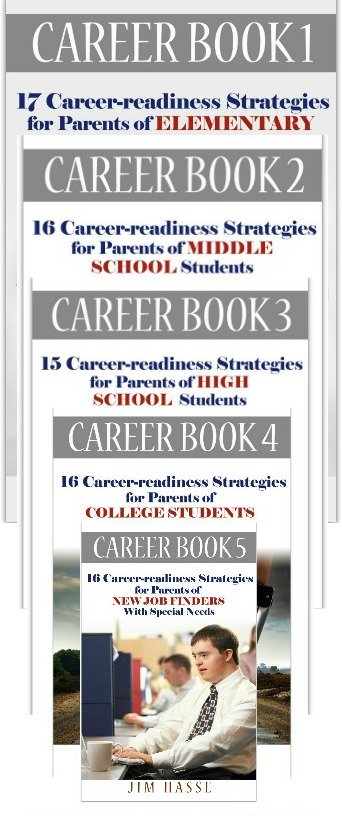Employable Population:
Cerebral Palsy Career Builder for High School Students
By Jim Hasse, ABC, GCDF, Disability Employment Expert
_________________________________________________________
What constitutes the employable population in the U.S. is rapidly changing. That’s the good news you need to pass along to your high school student with cerebral palsy (CP).
When physical labor ruled, physical disability
mattered. Physical labor largely defined what people perceived as the
employable population at the time.
In 1920, my grandfather was a hefty blacksmith, who
pounded hot iron into horse shoes and plow shares. In 1950, my father was a
dairy farmer, who milked cows a day, raised crops and
periodically repaired the heavy farm machinery he needed to operate the farm.
As the oldest boy in the family who would normally be
expected to take over responsibility for the farm someday, I felt inadequate.
Under the ADA’s current definition of disability, I had a condition which
limited at least one of my life activities (working). I had CP. I knew I had to
build a career beyond physical labor (one of the first in our extended family
to do so).
But I was lucky to be born during a time when, with
education and the help of technology, I could get a job working at a keyboard
and become part of the employable population. I left my family’s home farm 50
years ago to work in an office.
Today, with less physical labor required to hold a
job and advances in technology, disability in the workforce is becoming, at the
same time, irrelevant and more commonplace. It no longer matters that I can’t walk
without crutches or a walker. But, it’s not uncommon for someone to be
considered disabled for a time without a needed plug-in or an app for this
and an app for that.
I
lose touch with the world and my network of contacts (and, therefore, become “disabled,”
since “keeping in touch” today is a life activity), if I simply lose my
smart phone or if I can’t access the Internet with my iPad.
We’re also at the dawn of an age where people and
machines are becoming one -- not just externally but internally (thanks to
nanotechnology). With advances in medical technology, individuals previously
thought to be “crippled,” “handicapped” or “disabled” are becoming “perfectly
able” and part of the employable population.
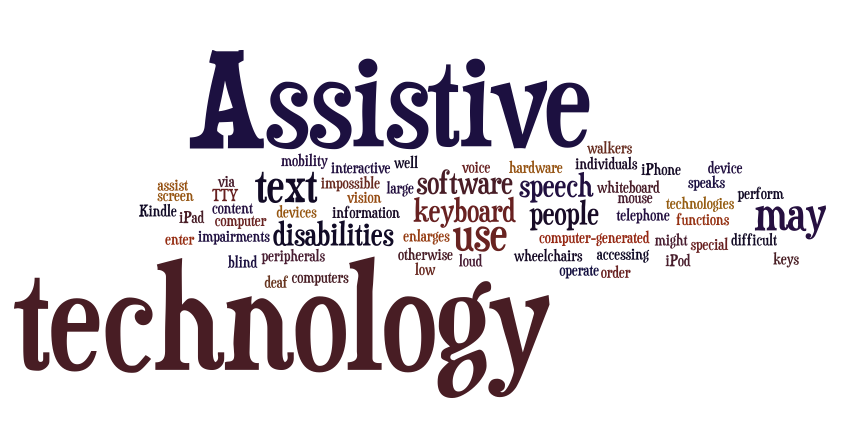 Graphic courtesy of livebinders.com.
Graphic courtesy of livebinders.com.The dawn of a new age
Here are two visionaries who see the dawn of this new age: Raymond Kurzweil and Dr. Miguel Nicolelis.
Raymond Kurzweil, author, inventor and futurist, has been instrumental in helping people use technology to work around their disabilities. He has helped develop optical character recognition (OCR), text-to-speech synthesis, speech recognition technology, and electronic keyboard instruments.
He expects to see the combination and consolidation of three important technologies in the 21st century: genetics, nanotechnology, and robotics (including artificial intelligence).
In “The Singularity Is Near: When Humans Transcend Biology” (Viking, 2005), Kurzweil asserts that medical advancements will make it possible for a significant number of his generation (baby boomers) to live long enough for the exponential growth of technology to intersect and surpass the processing of the human brain.
Just think what that means for your high school youngster.
If transcending our biological limitations becomes reality, then everyone will be unable (a disability) to compete effectively without the intervention (an accommodation) of technology. Today’s most common definition of “disability” (a condition which limits one or more of a person’s life activities) will be meaningless and obsolete.
And, “employable population” will again have a new meaning.
Dr. Miguel Nicolelis is a Brazilian physician and scientist best known for his pioneering work "reading monkey thought" and using brain-computer interface (BCI). In 2008, Nicolelis's lab saw a monkey implanted with a new BCI successfully control a robot walking on a treadmill in Kyoto, Japan. And, that propelled him into a project he calls as significant as putting a man on the moon.
By capturing brain function, Nicolelis is paving the way for a cure for Parkinson's disease, new ways of treating paralysis, and using brain waves to control “whole body” robots for helping people with no mobility to walk.
Named by "Scientific American" as one of the 20 most influential scientists in the world, he is the professor of Neurobiology Biomedical Engineering and Psychological and Brain Sciences, and co-director of the Center for Neuroengineering, at Duke University.
See Nicolelis’s new book, “Beyond Boundaries: The New Neuroscience of Connecting Brains with Machines -- and How It Will Change our Lives” (Times Books, 2011).
A new definition of “employable population”
The work of both men prompts me to ask:
- Will your high school student be in the unique position to show
that disability is, indeed, disappearing as a concept once he or she becomes a
part of the employable population 10 years from now?
- Will aging become a process in which we accumulate accommodations to continue to refine, use and share our seasoned skills with others well past the traditional “retirement age?”
We could be on the cutting edge of a new way of looking at aging, disability, and CP -- and what constitutes the employable population.
And, we could be reaching a point in the near future where virtually everyone will need an accommodation (such as a computer today) to effectively compete in the workplace, enjoy recreation to the fullest and obtain a meaningful education.
If that’s the case, disability is disappearing for those of us living in the 21st Century. Disability doesn’t matter anymore in terms of accessing the means to fully participate in society.
Death
is also taking on a new meaning. Death is being “disabled,” the point at which
combining a human being with machines to be “perfectly able” is no longer
feasible or preferred.
What you can do
That’s the exciting future your youngster with CP faces today. Explore, with your high school student, the new advances in technology as they come on stream. Together, become “armchair experts” of what is happening in neuroscience, genetics, nanotechnology, robotics and artificial intelligence. It’s fun. It builds self-confidence.
As “disability is disappearing” evangelists, you two can demonstrate the inadequacy of our current definitions of disability and what we currently consider the employable population.
And, as an “accommodation guru,” your high school student can grow into a valuable resource person who can help prospective employers continually tap the technology those with disabilities and those without need in order to work effectively and efficiently in the 21st Century workplace.
Also remember that tomorrow’s smart employers will be actively recruiting those who are personally harnessing technology to make disability irrelevant. Those job seekers who are part of today’s “disability is disappearing” revolution will likely be the innovators tomorrow’s businesses will desperately need to tap talent in the new employable population and compete effectively in the global marketplace.
Return from Employable Population to
Part-time Jobs
Go to Cerebral Palsy
Career Builders
This is Creative Commons content. You can freely and legally use, share and repurpose it for non-commercial purposes only, provided you attach this sentence and the following attribution to it (including the two links):
Originally written and illustrated by Jim Hasse, ABC, GCDF, owner of Hasse Communication Counseling, LLC, who, as a person with cerebral palsy, served for 10 years as a vice president in a Fortune 500 company during his 29-year career in corporate communication. He’s an Accredited Business Communicator, certified as a Global Career Development Facilitator and author of 14 Amazon books about disability awareness and disability employment issues.
